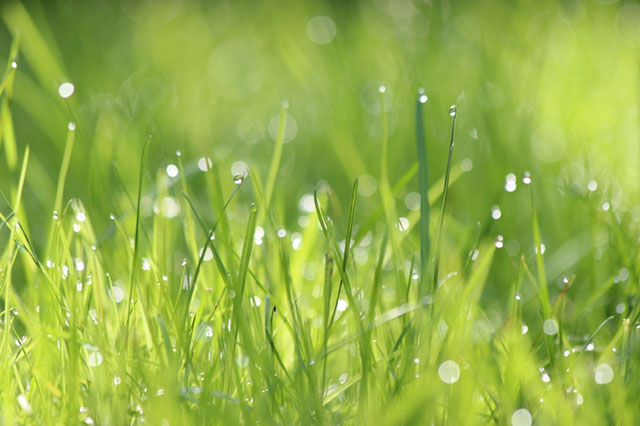APRIL SHOWERS AND DRAINAGE SOLUTIONS
Apr 23, 2015

April showers bring May flowers — and drainage problems. Flat yards, yards with dense soil and yards below the water table can all experience issues with flooding or standing water, especially during spring rain.
Water, water, everywhere!
Not only is standing water unsightly, it’s bad for your lawn, your landscaping and your house. Drenched flowers aren’t happy flowers; expensive plants can be ruined by over-watering and root-rot. Once parts of your yard have turned into a swamp, it’s hard to dry them out again, and you could end up with perpetual mud-pits and mosquito-breeding grounds. Standing water next to the house could become very expensive if it damages your foundation or seeps down into your crawl space to cause mold or fungus growth.
What to do?
When your house was built, the yard was probably graded in order to let water runoff from your downspouts and from rainfall flow into the gutters. However, grading isn’t always done properly, and it doesn’t always work forever; heavy rainfall can change your landscape and create low spots. Don’t rely on grading to do all the drainage work for you. You can install drains to ease your standing water issues.
French drains
French drains are excellent solutions for surface water problems. They’re simple to make; you dig a trench to any depth, fill it with gravel, and allow it to collect water that can percolate through the soil at a slow rate. If you have gravel walkways or planting areas, you can install French drains underneath them; otherwise, you put roofing felt over the French drain and then replace the soil over that. Finally, grade the surrounding area to direct water toward the drain.
Underground drainage
If your soil is hardpan or clay, grading the site here and there probably won’t work very well. You need a full-scale drainage solution that includes underground pipes that direct water to the edges of your yard and down to the storm drains. These pipes can be connected directly to your gutter downspouts, or fed by trench drains. If you’re on a large site or outside the city and don’t have access to storm drains, you can direct your underground drains to a sump — a large hole filled with gravel that acts like a large French drain, allowing water to seep slowly into the more porous soil underneath the hardpan.
Drainage kits
Some home-improvement stores offer drainage kits with instructions for how to create French, underground, and other types of drains. With enough help, these can be do-it-yourself projects.
Act now!
If you see standing water in your yard, don’t wait. A little puddle can become a big pond overnight, and then you may be stuck with more expensive solutions — especially if the water has started seeping into your crawl space. During the heavy rains of April and May, it’s wise to keep a close eye on the lower levels of your home. If they start to seem damp, call Newcomb and Company before your yard issues become house issues!
Need help? Call now.